In the period from 2019 to 2024, chip construction for the US Navy includes 55 battle force ships and ten large unmanned surface vessels across. The 12 battle force ships funded in Fiscal Year 2020 budget include the CVN 81 Ford class carrier, three Virginia class submarines, three Arleigh Burke-class destroyers, two John Lewis-class fleet oilers, one FFG(X) guided missile frigate, and two towing, salvage and rescue ships. There are also two large unmanned surface vessels in the same fiscal year budget.
The FY2020 budget provides for a deployable battle force of 301 ships. This supports 11 aircraft carriers and 33 amphibious ships that, says the Navy “serve as the foundation upon which our carrier and amphibious ready groups are based”.
Ship procurement funds 12 new-construction battle force ships in FY20 (one CVN, three SSN, three DDG, one FFG, two T-AO, and two T-ATS), as well as two Large Unmanned Surface Vessels (USVs); and 55 battle force ships/10 Large USVs across the Future Years Defense.
SSBN 826 Columbia Class Submarine – the newest strategic nuclear submarines of the US Navy, designed to replace the submarines of the “Ohio” class with “Trident” system. It is armed with 16 ballistic missiles Trident II D5LE.
These submarines will be a keystone of the naval component of the US nuclear fist. A total of SSBN 826s were planned to procure.
The final cost of the research and development work will be about $42 billion. The building of the first submarine will cost about $6.2 billion. The following submarines will cost about $4.9 billion each. A total cost of these submarines’ operational life-time is expected to be about $347 billion.
The operational life of one submarine – 42 years. It is planned that every submarine will be able to carry out 124 patrols during this period. The SSBN 826 power unit will be able to work without additional nuclear fuel during the entire operation life of the submarine. This is a notable distinction from Ohio-class submarines, which need a time- and fund-consuming refueling of the nuclear reactor in the middle of the operational life.
The US is not hurrying up to build Columbia-class submarines. The main reason is the sufficiency of the existing Ohio-class submarines, which are now the core of the strategic offensive nuclear forces of the US. The high cost of development and building of new submarines also should be taken into account. This will probably lead to some decrease of the strategic underwater fleet of the US by 2030s. All 12 Columbia-class submarines will likely be built by 2042.
CVN 78 USS Gerald R. Ford – is the lead ship of her class of United States Navy aircraft carriers. She is entering the fleet replacing the decommissioned USS Enterprise (CVN-65). As of 2019, she is the world’s largest aircraft carrier, and the largest warship ever constructed in terms of displacement.
The research and development cost of the project is $4.7 billion. The CVN 78 building cost is $12.8 billion. The expected CVN 80 will likely cost $13.87 billion. Therefore, the total cost of 3 Gerald R. Ford-class aircraft carriers will be about $38 billion. At the same time, the operational costs for this class are lower than for Nimitz-class aircraft carriers. This factor of operations of Gerald R. Ford-class aircraft carriers will allow saving about $5 billion a 50-year period. Additionally, the improved construction of the aircraft carrier allows to conduct warfare in a more efficient way and involve less personnel.
The timely update and development of the carrier fleet allows the United States and further to remain the undisputed blue-water leader and effectively support its overseas military operations.
SSN 774 Virginia Class Submarine – is a class of nuclear-powered fast attack submarines (hull classification symbol SSN) in service with the United States Navy. The Virginia-class attack submarine is the U.S. Navy’s newest undersea warfare platform and incorporates the latest in stealth, intelligence gathering and weapons systems technology. The Virginia-class attack submarine was designed to be less expensive and better optimized for post-Cold War submarine missions than the Seawolf-class design. The Virginiaclass design is slightly larger than the Los Angeles-class design, but incorporates newer technologies.
Average cost of manufacturing is about $2.7 billion per unit and about $3.2 billion per unit with VPM (Virginia Payload Module). The Block V submarines built from 2019 onward will have an additional Virginia Payload Module (VPM), 84-foot-long, mid-body section equipped with four large-diameter, vertical launch tubes for storing and launching additional Tomahawk missiles or other payloads. The Navy estimates the combined procurement cost of the two Virginia-class boats requested for procurement in FY2019 at $6,502.3 million. The second of these two boats is to be the first Virginia-class boat built with the Virginia Payload Module (VPM).
The Navy’s force-level goal, released in December 2016, is to achieve and maintain a 355-ship fleet, including 66 SSNs. Under the Navy’s FY2019 30-year shipbuilding plan, a 66-boat SSN force would be achieved in FY2048. CRS (Congressional Research Service) and CBO (Congressional Budget Office) estimated in 2017 that adding even more SSNs to the earlier years of the 30-year shipbuilding plan could accelerate the attainment of a 66-boat force to as early as 2037.
Such a significant number of planned Virginia Class Submarines reflects the White House confrontational vision of current international relations. The United States seeks to provide overwhelming superiority over the fleets of all potential adversaries.
DDG-51 Arleigh Burke Class of guided missile destroyers – is the United States Navy’s first class of destroyer built around the Aegis Combat System and the SPY-1D multifunction passive electronically scanned array radar. These warships were designed as multimission destroyers, able to fulfill the strategic land strike role with Tomahawk missiles; antiaircraft warfare (AAW) role with powerful Aegis radar and surface-to-air missiles; antisubmarine warfare (ASW), with towed sonar array, anti-submarine rockets, and ASW helicopter; and antisurface warfare (ASuW) with Harpoon missile launcher.
The 13 DDG-51s planned for procurement in FY2018-FY2022 are to be procured under a multiyear procurement (MYP) contract that Congress approved as part of its action on the Navy’s FY2018 budget. DDG-51s procured in FY2017 and subsequent years are being built to a new design (the Flight III DDG-51 design), which incorporates a new and more capable radar called the Air and Missile Defense Radar (AMDR) or SPY-6 radar.
The Navy estimates the combined procurement cost of the three DDG-51s requested for procurement in FY2019 at $5,292.7 million, or an average of $1,764.2 million each.
Arleigh Burke Class of guided missile destroyers are generally recognized as one of the best classes of destroyers with guided missiles or even the best one around the globe.
Today the US Navy has a goal to achieve and maintain a Navy of 355 ships, including 104 LSCs (large surface combatants, including both cruisers and destroyers). The DDG-51 program is, in terms of number of hulls, one of the largest Navy shipbuilding programs since World War II. By now, a total of 66 DDG-51s were in service. As of July 2018, a total of 82 DDG-51s were planned to procure.
The reasons of a wide-scale procurement of DDG-51s are same to ones concerning Virginia Class submarines and reflect the shifting in the international security environment to a new situation featuring renewed great power competition.



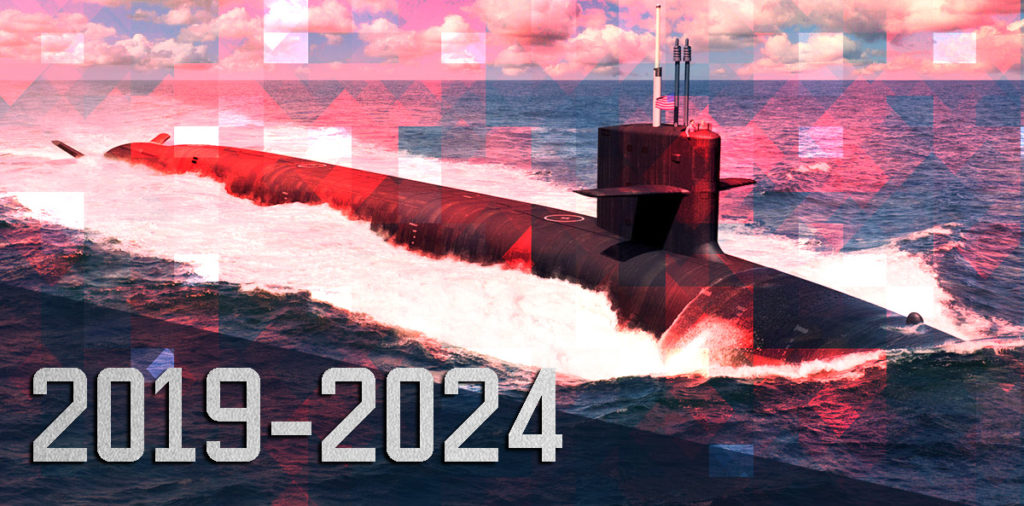
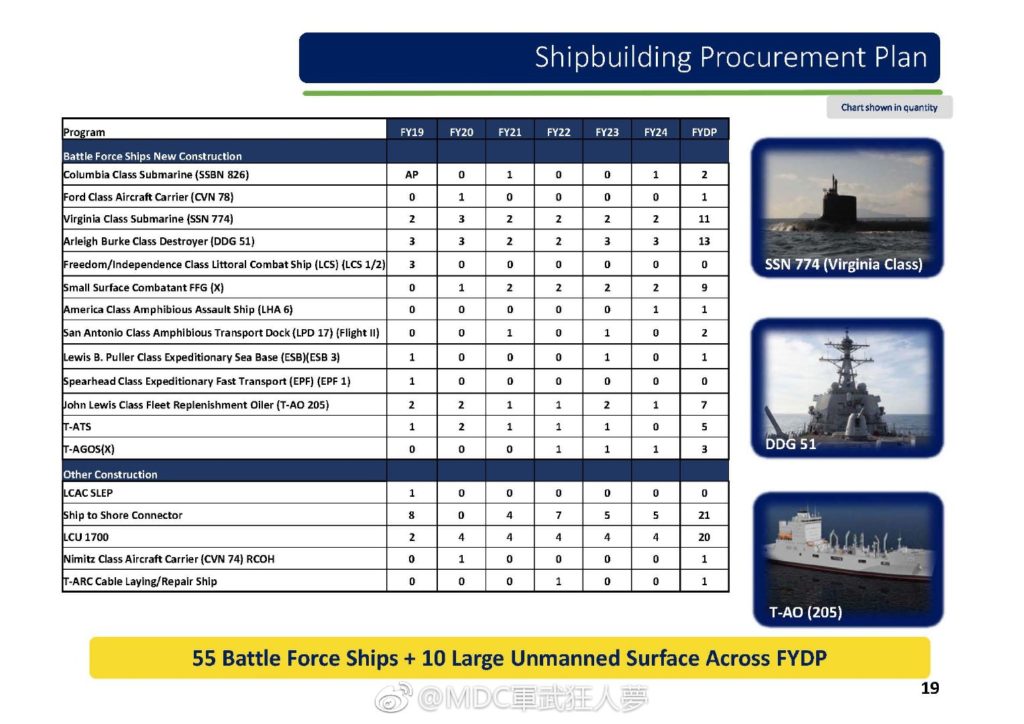
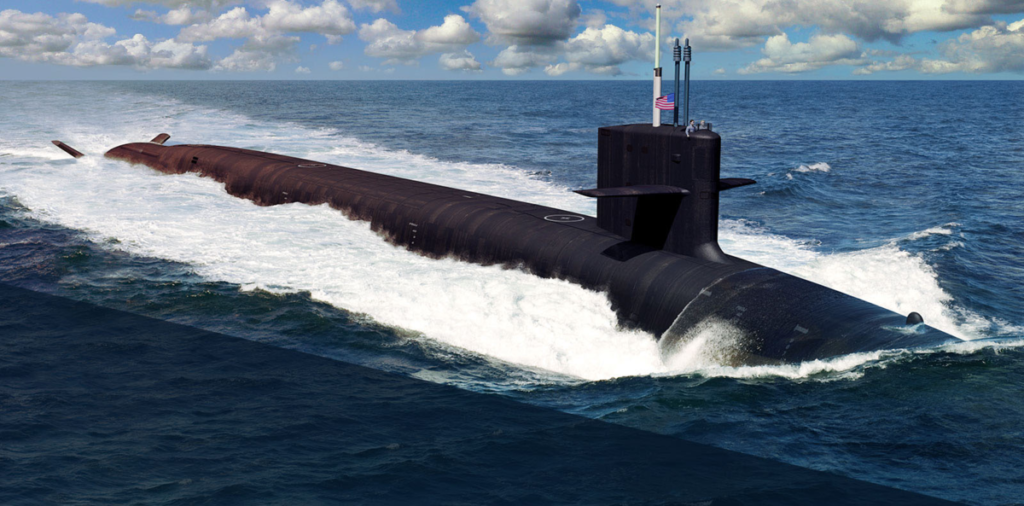

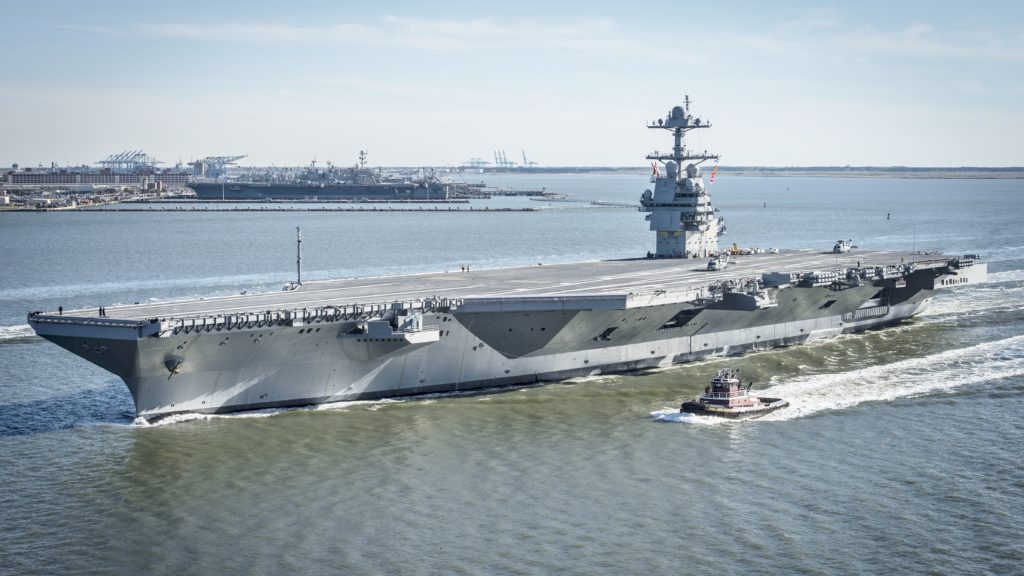
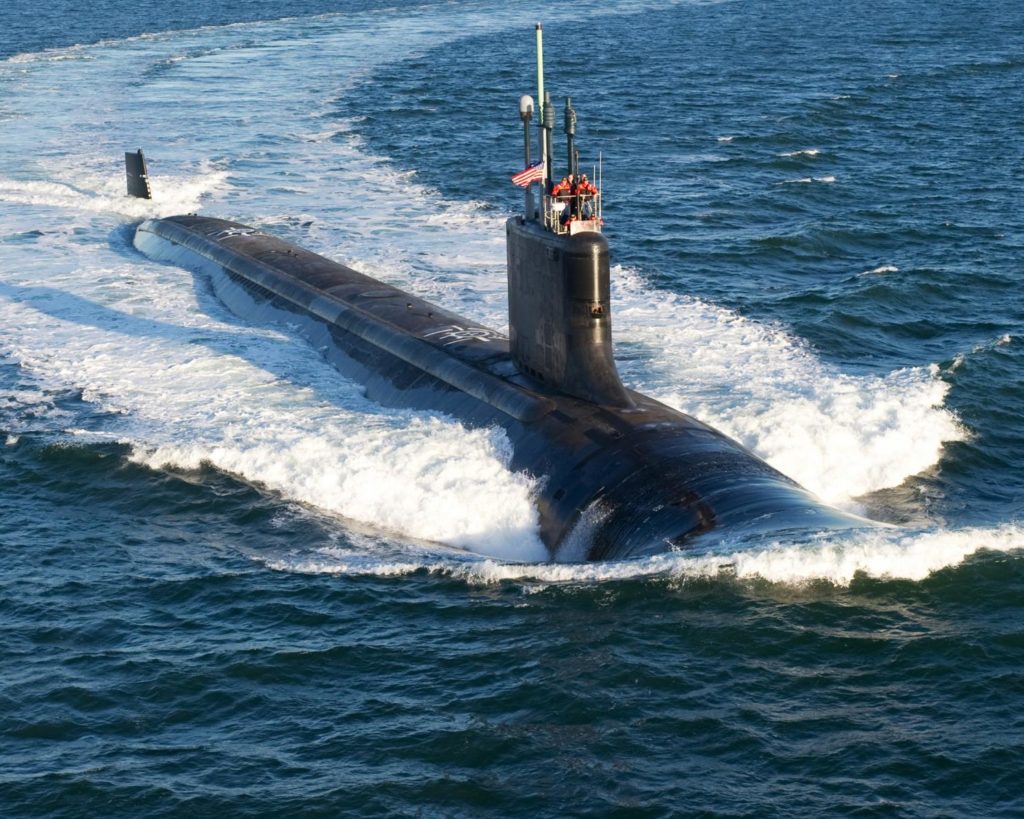
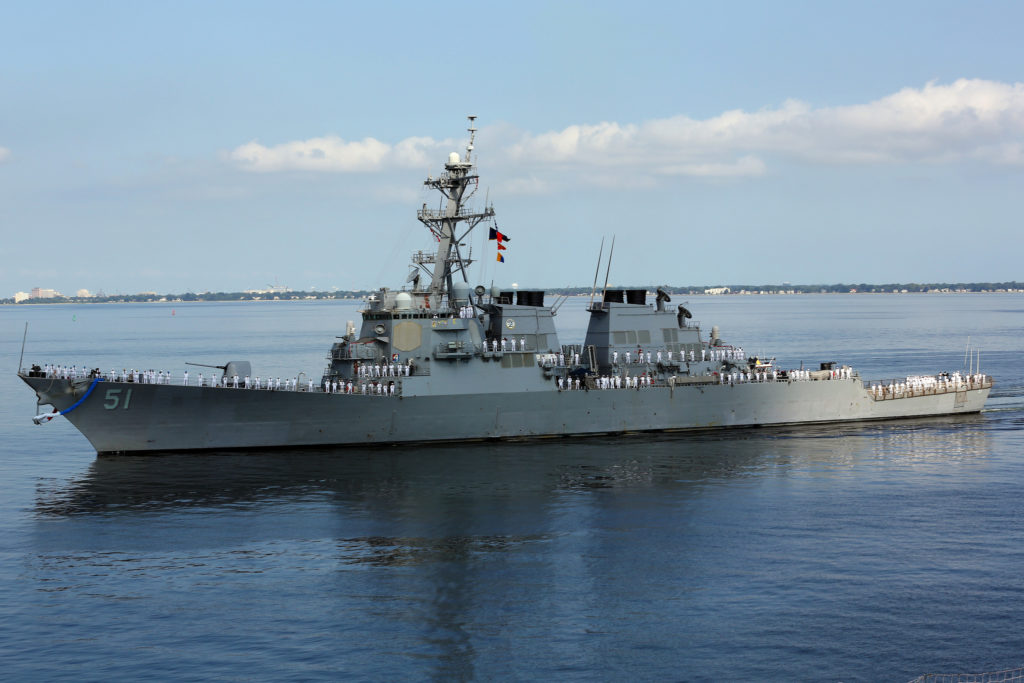



Sounds more interesting than it actually is….Boats are nothing more than Sitting-Ducks…Target-Practice for Hypersonic Missiles…The U.S. has got lack of intelligence & creativity….they live in the Past….
Surprising there are not more naval drones. China and Russia both understand that maritime conflicts will involve surface and sub-surface attacks by small unmanned vessels.
Subs are the only way forward. All large surface ship are just targets. The time of moving a force in through the navy is over. It might work against a small nation. You must have troops in place with long strike weapons. We need troops in Taiwan with 100 mobile anti ship missiles and 50 attack helicopters. 100 m1 tanks and 100 strikers should do. Taiwan should built way more subs. 20 should be enough. Oh I missed F35B. 7 groups of 5. 5 patriot batteries. 2 THAD. That is about 20 billion and 100 million a year. Fuck China. It would really mess with there plan.
I have a better idea. Let Taiwan build 20 nukes. Wouldn’t cost us one cent. Give them the plans to build a dial a yield nuke.
I say give South Korea Japan and the Philippines all 20 dial a yield nukes and we can bring more troops home. Sell them all F35s and let them screw with China. Just a thought.